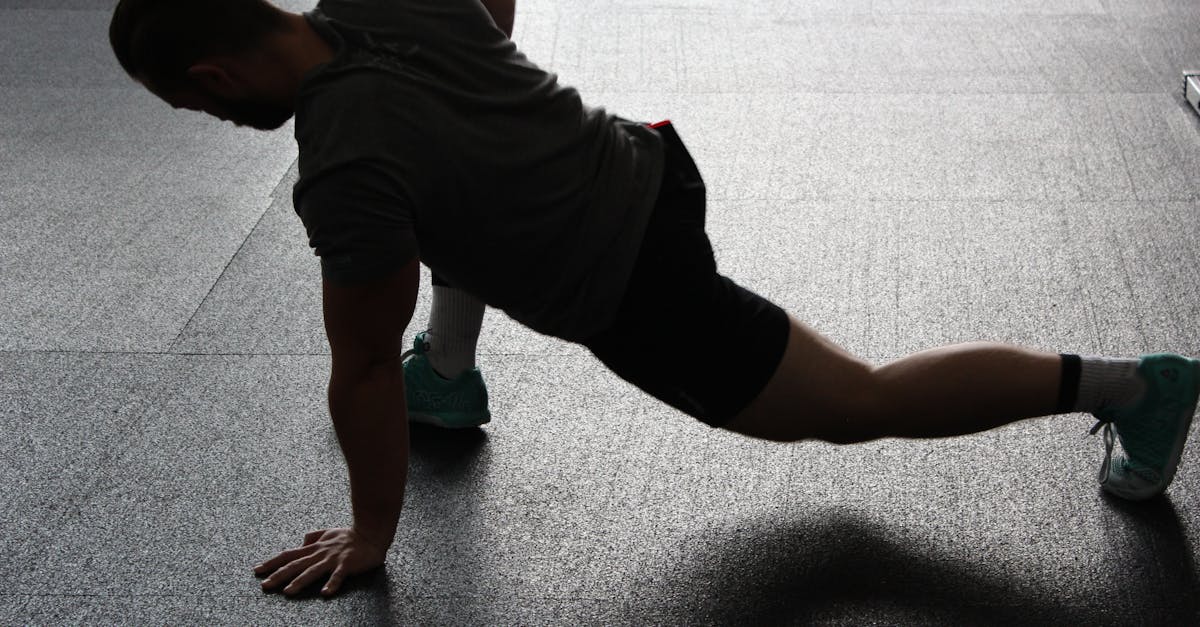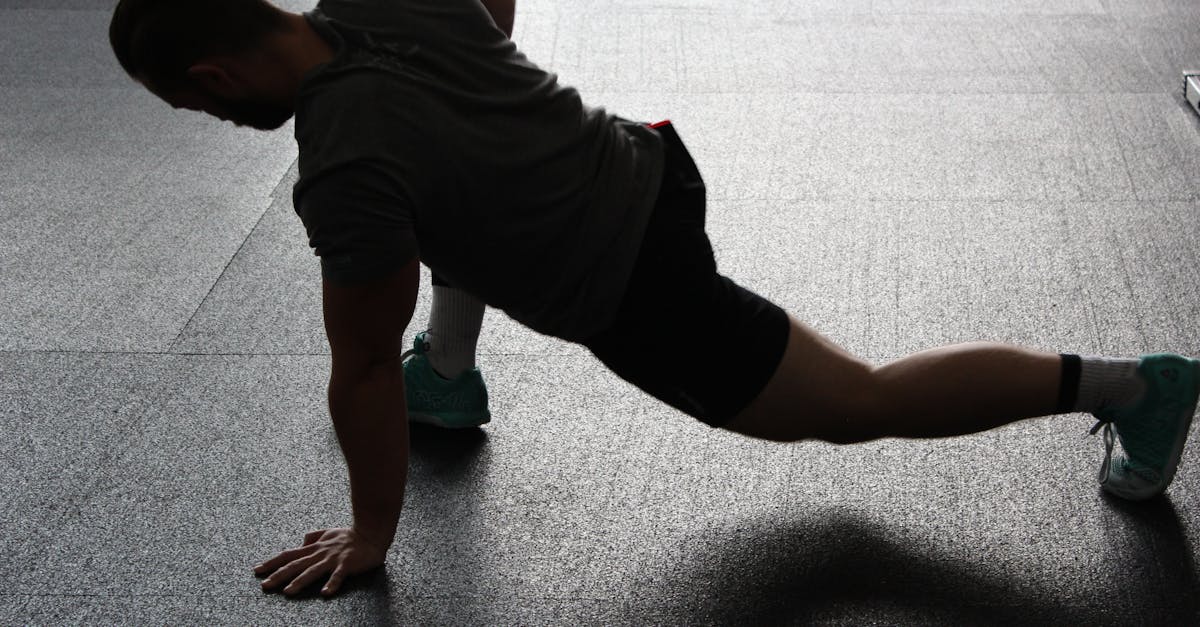Sore Hip Flexor Stretches: Techniques for Comfort and Recovery
The Ultimate Guide to Sore Hip Flexors: Relief, Recovery, and Enhanced Well-being

Tired of nagging hip flexor pain that limits your mobility and fitness goals? Discover remarkable relief with our comprehensive guide to tailored stretching techniques. Delve into the root causes of hip flexor pain, from muscle strains to underlying medical conditions. Empower yourself with a range of stretching techniques, categorized from beginner-friendly to advanced, designed to alleviate pain and enhance flexibility. Improve your posture, prevent future flare-ups, and regain the freedom of movement with this indispensable resource.
1. Understanding Hip Flexor Pain and Its Causes
Understanding Hip Flexor Pain and Its Causes
Hip flexors are muscles that allow you to bend your hip and lift your knee toward your chest. They’re used in a variety of everyday activities, such as walking, running, and climbing stairs. Hip flexor pain is a common problem that can be caused by a variety of factors, including:
-
Muscle strain: This is the most common cause of hip flexor pain. It can occur when the hip flexor muscles are overworked or stretched too far. Muscle strains can range from mild to severe, and they can take several weeks to heal.
-
Overuse: Hip flexor pain can also be caused by overuse, which is when the hip flexor muscles are used repeatedly over a long period of time. This can occur in athletes who participate in activities that require a lot of hip flexion, such as running, cycling, or dancing.
-
Underlying medical conditions: In some cases, hip flexor pain can be a symptom of an underlying medical condition, such as arthritis, bursitis, or tendonitis. If you have hip flexor pain that is severe or doesn’t improve with rest and home treatment, it’s important to see a doctor to rule out any underlying medical conditions.
2. Stretching Techniques for Sore Hip Flexors

Stretching Techniques for Sore Hip Flexors
If you’re experiencing hip flexor pain, stretching can help to relieve pain and improve flexibility. Here are a few targeted stretches that you can try:
Kneeling hip flexor stretch:
- Kneel on the floor with your right knee in front of you and your left knee behind you.
- Place your hands on your right thigh and gently push your hips forward until you feel a stretch in your right hip flexor.
- Hold the stretch for 30 seconds and then repeat with your left leg.
Standing quad stretch:
- Stand with your feet hip-width apart.
- Bend your right knee and grab your right foot with your right hand.
- Pull your heel towards your buttocks until you feel a stretch in your right quadriceps and hip flexor.
- Hold the stretch for 30 seconds and then repeat with your left leg.
Butterfly stretch:
- Sit on the floor with the soles of your feet together.
- Gently push your knees down towards the floor until you feel a stretch in your inner thighs and hip flexors.
- Hold the stretch for 30 seconds.
3. Advanced Stretches for Enhanced Flexibility
Advanced Stretches for Enhanced Flexibility
Once you’ve mastered the basic hip flexor stretches, you can progress to more advanced techniques to further improve your flexibility. Here are a few advanced stretches that you can try:
Couch stretch:
- Place your right foot on the couch or chair, with your knee bent at a 90-degree angle.
- Step back with your left leg and lower your body until you feel a stretch in your right hip flexor.
- Hold the stretch for 30 seconds and then repeat with your left leg.
Figure-four stretch:
- Lie on your back with your knees bent and your feet flat on the floor.
- Cross your right ankle over your left knee and pull your right knee towards your chest.
- Hold the stretch for 30 seconds and then repeat with your left leg.
Pigeon pose:
- Start in a downward-facing dog position.
- Bring your right knee forward and place it behind your right wrist, with your right shin parallel to the front of your mat.
- Lower your body until you feel a stretch in your right hip flexor.
- Hold the stretch for 30 seconds and then repeat with your left leg.
4. Tips for Effective Stretching

Tips for Effective Stretching
To maximize the benefits of your stretching routine, it’s important to follow proper techniques, maintain good form, and listen to your body’s cues.
-
Warm up before you stretch: Warming up your muscles before stretching helps to prevent injuries and improves flexibility. You can warm up by doing some light cardio, such as walking or jogging, or by doing some dynamic stretches, such as arm circles or leg swings.
-
Hold each stretch for 30 seconds: When you stretch, hold each stretch for at least 30 seconds. This gives your muscles time to relax and lengthen.
-
Don’t overstretch: It’s important to stretch to the point of feeling a gentle stretch, but don’t overstretch. Overstretching can lead to injuries.
-
Listen to your body: If you feel pain when you’re stretching, stop and consult with a doctor or physical therapist.
5. Preventing Hip Flexor Pain
Preventing Hip Flexor Pain
There are a number of things you can do to prevent hip flexor pain, including:
-
Regular exercise: Regular exercise helps to strengthen the hip flexor muscles and improve flexibility. Choose exercises that target the hip flexors, such as walking, running, cycling, and swimming.
-
Proper posture: Proper posture helps to keep the hip flexor muscles in their correct position. When you’re sitting, make sure your feet are flat on the floor and your knees are bent at a 90-degree angle. When you’re standing, make sure your shoulders are back and your head is held high.
-
Maintaining a healthy weight: Maintaining a healthy weight helps to reduce the amount of stress on the hip flexor muscles. If you’re overweight or obese, losing weight can help to reduce your risk of developing hip flexor pain.
Quiz
1. What is the most common cause of hip flexor pain?
a) Muscle strain b) Overuse c) Arthritis d) Tendonitis
2. Which of the following is NOT a tip for preventing hip flexor pain?
a) Regular exercise b) Proper posture c) Smoking d) Maintaining a healthy weight
3. True or False: Holding each stretch for at least 30 seconds is important for effective stretching.
a) True b) False
Answer Key
- a
- c
- a
